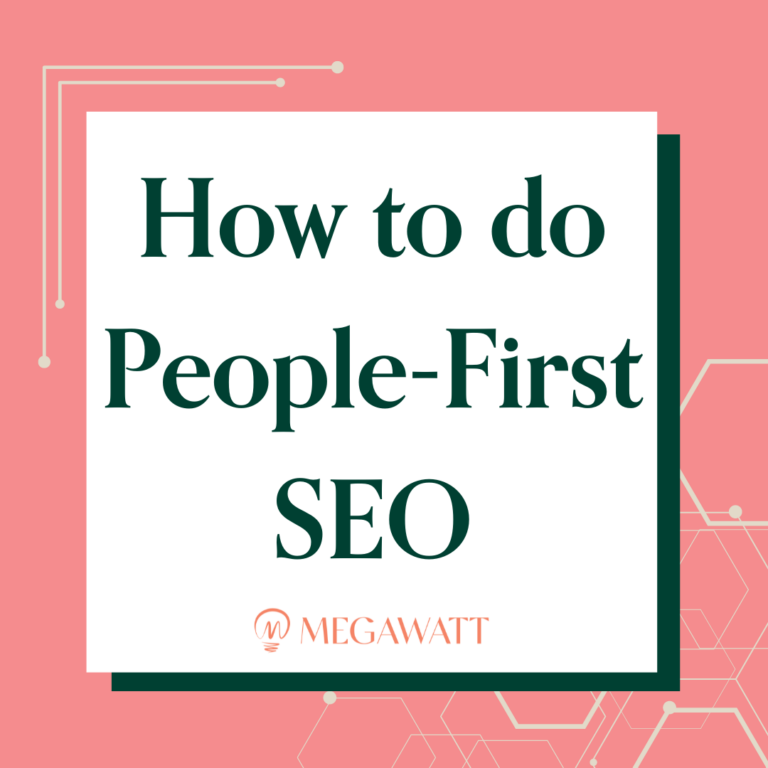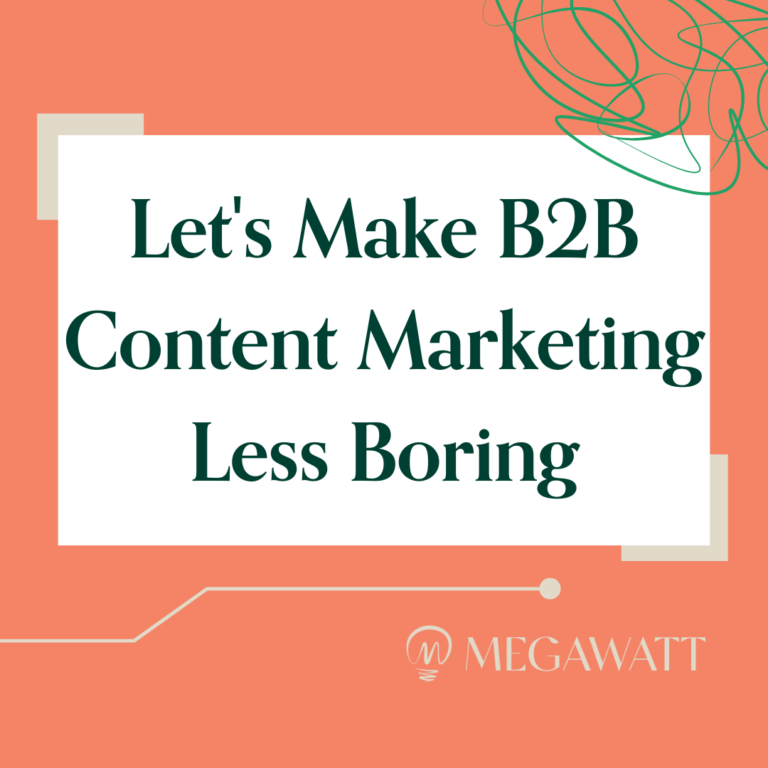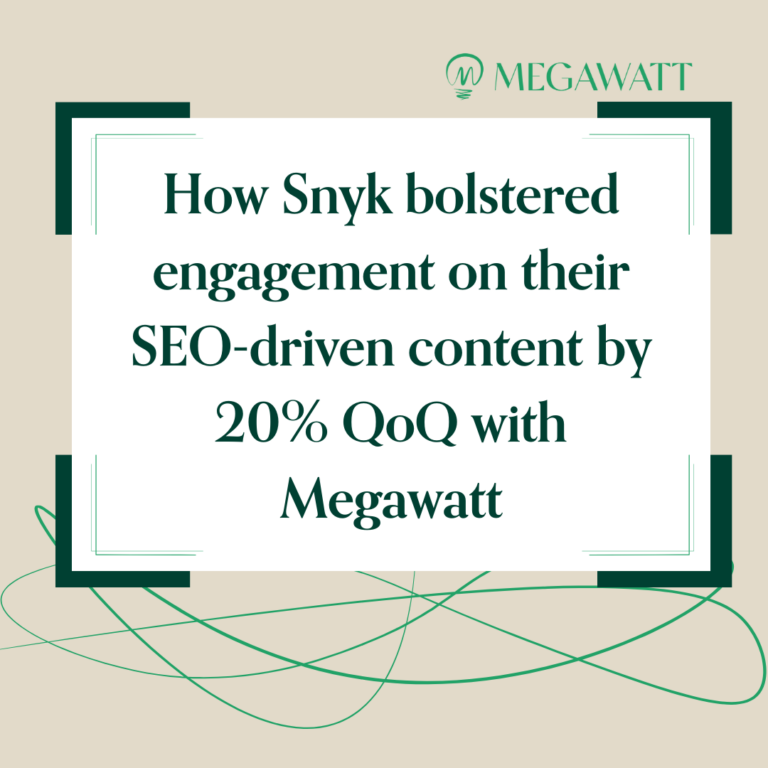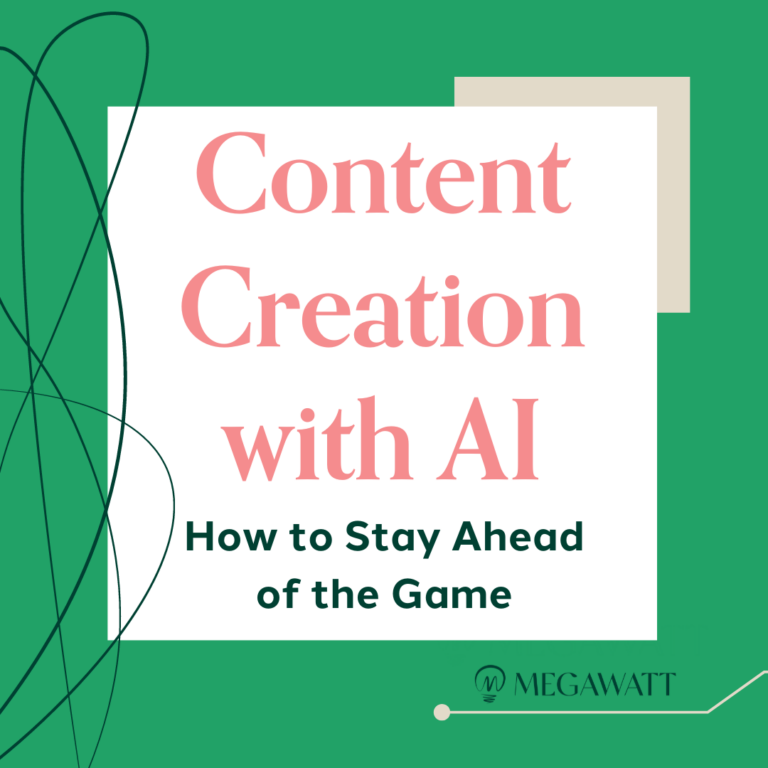People-First Content Marketing Never Goes Out of Style
Being a B2B content marketer in 2024 means riding a virtual carousel of shiny, constantly evolving ideas.
Marketers should go all in on AI!
Wait, no, AI doesn’t work for content marketing.
OK, AI kind of works, but only if you use it the right way.
Actually, you should invest your efforts into thought leadership content.
Never mind, we’re all doing podcasts now.
Shiny object syndrome is real and all but irresistible for marketers constantly being asked to justify their paychecks. When your job is on the line, you’ll try anything that looks like a silver bullet.
In a never-ending urge to follow the latest trend, we sometimes forget our marketing fundamentals.
There is no magic one-size fits all solution, but there is one old reliable that always works. The fundamental principle behind content marketing that never changes, no matter what your target audience, the product you’re selling, or the year you’re selling it in:
Put the reader first.
Don’t roll your eyes! It sounds so simple, but it’s shocking to me how many businesses put their own goal and agendas ahead of the actual needs of the people they are creating content for
The culprit: organizations with misplaced priorities. They value metrics over brand and relationship-building, forgetting that 95% of prospects aren’t yet ready to buy. This desperation leads them to pursue quick traffic wins above all else.
The urge to chase traffic over brand-building has become more appealing now that GenAI allows companies to spin up hundreds of content pages in minutes. Sure, it might help your website with some quick SEO wins, but what is the point if nobody wants to read your content or if it deters people from your brand?
Read on to learn why people-first content marketing never goes out of style.
What is People-First Content?
Most brands probably like to believe their content caters to their specific audience, but startlingly few adhere to the principles of people-first marketing.
People-first content is simply content that centers the audience experience above all other criteria. It can take any form, from a thoughtful LinkedIn essay to a newsy blog post or, yes, a keyword-targeted article.
People-first content:
- Is written for humans, not search engines. This is not to say that this content can’t be keyword optimized, but that should be a secondary consideration, with readability being top priority.
- It is easy to navigate and digest. It’s clearly written and contains all the information the reader needs and nothing they don’t. Even better if it’s engaging and compelling to read.
- Provides concrete value to the reader. In B2B SaaS value usually means relevant and important information that the reader needs to do their work. But value can come in many forms, including entertainment.
![]()
The Benefits of People-First Content
It sounds straightforward, but in B2B tech, the reader and their needs frequently take a backseat to factors like search engine optimization, pushing product features, and full-funnel marketing strategies.
This is a mistake. Centering the reader has a host of important benefits to your content strategy:
Relationship-Building
Let’s say we just met at a cocktail party, and I immediately start pitching you on my latest business venture, then hit you up to invest. Are you going to hand over your wallet? No, you’ll probably be pretty weirded out and avoid me the rest of the night.
So why are you trying to sell your product to readers who just “met” you? Remember, as stated above, 95% of potential buyers aren’t even actively in the market for your solution yet. Whether your content strategy centers around product awareness, driving conversions, or something else entirely, you will not achieve success without building trust in your brand.
A people-first content marketing strategy centers around giving your readers something they value right from the start of your relationship. Readers come with expectations, and you meet those expectations, generating goodwill and trust in your brand.
The result is more time spent on site, a higher likelihood of moving through the marketing funnel, and, ultimately, more conversions. Think back to the old Marketing Rule of 7: the idea that a consumer needs to be exposed to your brand at least seven times before they purchase. In B2B tech that may even be too conservative. Give people an ample chance to interact with and trust your brand, and you’ll make significantly more headway than you would with a conversion-focused landing page.
More Saves and Shares
Studies show that people are significantly more likely to share content that they personally identify with. The New York Times Insider Group conducted a survey on the Psychology of Sharing, and identified five primary reasons people share content online:
- To bring valuable and entertaining content to others
- To define ourselves to others
- To grow and nourish our relationships
- Self-fulfillment
- To get the word out about causes or brands.
All five reasons boil down to relationships: the reader’s relationship with others, theirs, and your brand and message.
Create content readers care about, and they are far more likely to share it with their social networks and potential decision-makers in their organization.
Google Likes it
Some people view SEO and people-first content as diametrically opposed. This is only true if you’re doing SEO all wrong. In fact, Google prefers that you create content that prioritizes readers instead of trying to game their system.
In an upcoming blog post, we’ll dive deeper into the method behind creating great, people-first SEO content. For now, just understand that creating helpful, reliable, people-first content aligns with Google’s automated ranking systems.
The Barriers to People-First Content
OK, readers like it, Google likes it, and it makes the internet a better place. People-first content sounds like a no-brainer.
So why do so few brands manage to get it right?
![]()
People-first content requires resources and company buy-in, which can be difficult. Here are some of the things that often deter brands from executing:
Internal pressure from sales and marketing
Often, creating valuable content for the reader takes a backseat to the internal demands by others in the organization to promote sales points or product features. Everyone wants to leverage content to push their own team’s goals, so it’s easy to watch your carefully crafted content pieces slowly fill up with clumsy product placement, inappropriate CTAs, and copy that hammers sales points.
This isn’t to say these things can’t be part of your content marketing strategy; they do have their place in the marketing funnel. But if you aren’t earning potential customers’ trust and providing value with your writing, they have little incentive to stay on the site.
Misaligned KPIs
It’s a scary time to be a marketer, as budgets get slashed, and we are constantly asked to prove our worth with metrics and numbers. When you are laser-focused on the wrong numbers, it’s impossible to focus on creating quality content.
For example, if your main KPI is organic traffic or the number of top 10 keywords, you are more likely to focus on quick win SEO tricks that will boost those metrics over the slow burn of building relationships with your readers. Never mind the fact that organic traffic numbers to your website are essentially meaningless if you aren’t:
- Attracting the correct target audience to your site and
- Winning them over with your content and messaging.
Similarly, quantity demands can cut into the time needed to create quality content. If your team is tasked with publishing a set number of resources per month, you may focus on quick wins and surface-level articles instead of creating deep, valuable content that’s more time-intensive.
Lack of Resources
Creating people-first content is not a set-it-and-forget-it strategy. It requires a content strategist who fully understands the audience and has a pulse on their changing needs. It also requires reliable, high-quality writers and editors. To be frank, it costs time and money.
It can be difficult for small marketing teams to allocate the resources to execute really great content, especially when money is tight. Budget-saving measures, like outsourcing to unfamiliar or cheap freelancers or relying on AI to generate content, frequently undercut the principles of people-first content.
Incidentally, a quality agency can make a great partner for people-first content because it’s a one-stop shop for content strategy and execution. However, nothing happens in a vacuum. Even with a fabulous agency on deck, you still need internal resources to uphold your end of the partnership.
Lack of alignment with your audience
If you don’t understand your audience, how can you create content they care about? To execute on a people-first strategy that appeals to your buyers, you first need to understand:
- the audience you’re writing for,
- their pressing problem and,
- how your solution solves those problems.
This requires research, introspection, and a deep understanding of the potential customers you are trying to attract. It also requires persona work, messaging docs, and a robust content strategy that connects the dots between 1, 2, and 3.
In other words, it’s hard.
Stand out and drive conversions
The internet is filling up with junk. And that sucks, but there’s also an opportunity there. To stand apart from a literal garbage heap of useless content as a bright shiny beacon of helpfulness. Become a true resource for your readers and they will reward you with loyalty and conversions.
Creating true people-first content takes a village. If you’re interested to hear how Megawatt can help you stand out, reach out for a free consultation.
Sign up for The Spark, our biweekly newsletter full of ideas to power up your content marketing engine.
Become a full-stack content marketer
For some in the industry, this will be an uncomfortable change. Many content marketers have been successful in their profession thus far because of their aptitude for writing. Now, successful content marketers will also need to be comfortable:
- Turning written content into visual assets (and using tools that help you do so).
- Understanding email and social media marketing strategies (including targeting capabilities and how to interpret analytics).
- Understanding the B2B sales process and how to convert traditional content marketing assets (blogs) into sales tools like talking points, call scripts, etc.
- Being creative and thinking outside the box to plan events, build communities, or execute on-site activations at industry conferences.
With an emphasis on new skills and cross-functional work, I’d argue that it’s time to drop the word “content” from “content marketer” (and “email” from “email marketer” and so on). We need to consider content as all assets an organization produces on its own behalf. Emails are content, call scripts are content, and LinkedIn posts from executive leadership are content. Modern marketers need to know how all these engines work together to reinforce a unified message.
![]()
Stop being boring
Which parts of your current content marketing strategy are boring? Is it your tone of voice? Is it the limited scope of channels in which you try to reach prospects? Is it something else?
Try to start with a small change and think about the fundamental goal of marketing: to communicate with people. Your persona research might tell you that your buyers have serious problems and budget constraints. But at the end of the day, everyone is human. A serious problem or need doesn’t mean audiences will only respond to information formatted or written in a somber tone.
We’re humans who crave connection, and sometimes humor or fun is the best way to relate to others genuinely and elicit a reaction. So don’t be boring. Be real and help your audience feel like you understand them, you can be trusted to provide a solution, and you’ll be fun to work with along the way.
Here are several creative B2B content campaigns that are anything but boring:
- Atlassian BitBucket’s Teach me How to Spoon video
- ZenDesk’s Zendesk Alternative webpage (bonus, this is also an SEO play!)
- Black Kite’s Cyber Villains content campaign
Change is good
It’s a weird time to work in tech, especially tech marketing. We’re undergoing radical changes, and yeah, some of them are scary and maybe even a bit exhausting, particularly if you’ve been rowing really hard in the other direction.
But these changes are also a huge opportunity to be ahead of the curve. Invest in immersive content campaigns with clear and varied distribution methods. Develop a strong point of view. Get creative.
And along the way, maybe we can have some fun too?
If you’re not sure where to get started navigating this rocky new terrain, Megawatt can help!
Contact us today to learn more about our content services.






